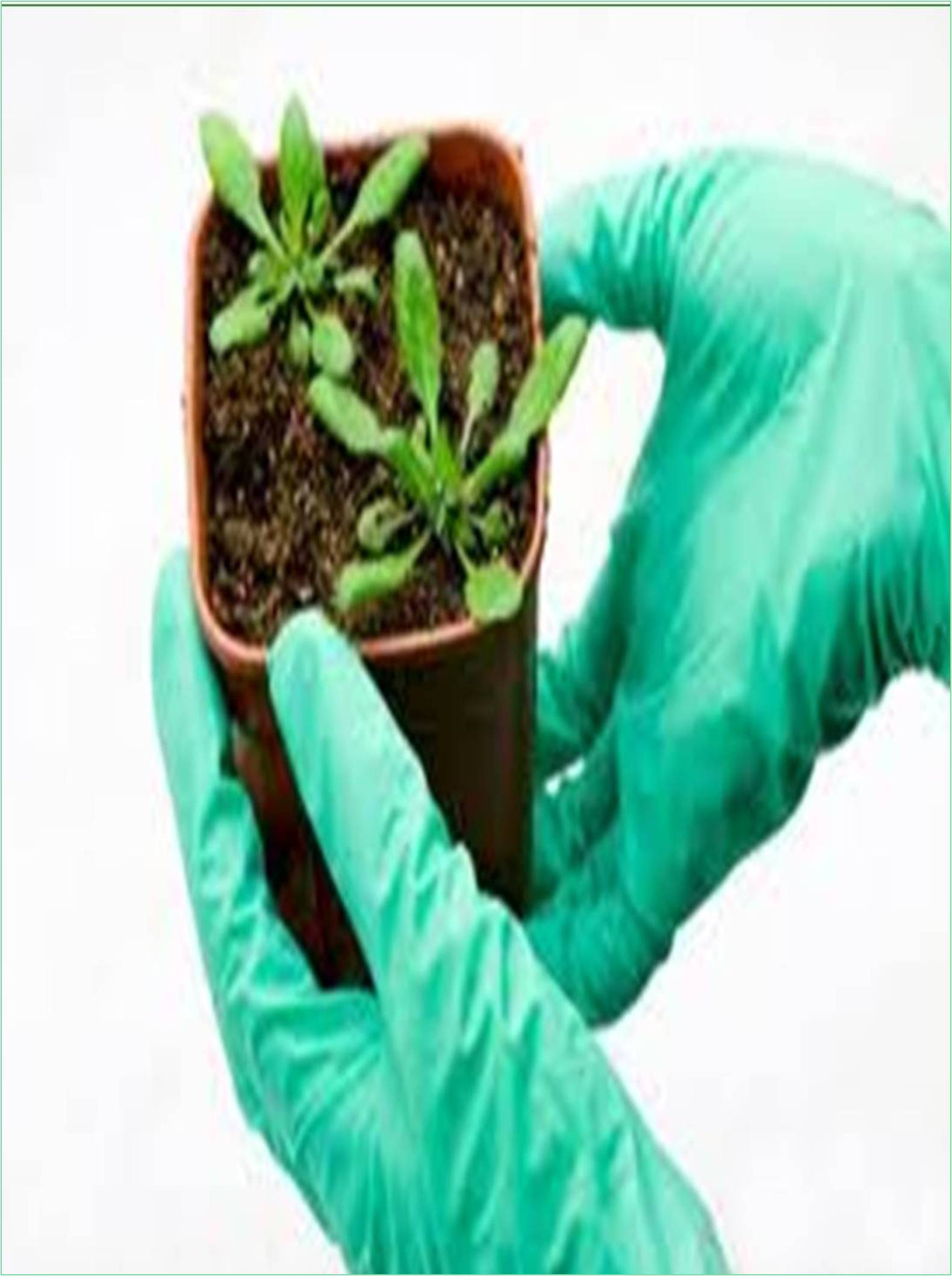



Received: 01-Jul-2022, Manuscript No. GJCSSPB-22-72128; Editor assigned: 04-Jul-2022, Pre QC No. GJCSSPB-22-72128(PQ); Reviewed: 21-Jul-2022, QC No. GJCSSPB-22-72128; Revised: 29-Jul-2022, Manuscript No. GJCSSPB-22-72128(R); Published: 05-Aug-2022, DOI: 10.15651/2437-1866.22.8.051
Agriculture is highly climate dependent. Rising temperatures and carbon dioxide (CO2) can increase crop yields in some places. However, to enjoy these benefits, nutritional levels, soil moisture, water availability, and other conditions also suitable for the crop production. Changes in the frequency and severity of droughts and floods pose challenges for farmers and ranchers and can threaten food security. On the other hand, high water temperatures can move many fish and shellfish habitats and destroy ecosystems. Overall, climate change can make it difficult to grow crops, grow animals, and catch fish in the same places in the same way as before. The impact of climate change should be considered along with other evolving factors that affect agricultural production, such as Changes in agricultural practices and techniques. Crops grown in the United States are essential for food supply here and around the world. US farms supply almost 25% of all grains (wheat, corn, rice, etc.) on the world market. This is especially noticeable in barley, corn, millet, legumes, rice and wheat. Countries with the highest risk of food shortages also appear to be the most affected by rising temperatures. This supports the findings of the Intergovernmental Panel on Climate Change (IPCC), the world’s leading climate science advisor, where the global average temperature associated with climate change is high and changes in temperature when extreme weather events occur. It shows that the reliability of food production is reduced. The frequency and intensity of atmospheric carbon dioxide (CO2) and extreme weather events can have a significant impact on crop yields. Dealing with drought could become a challenge in areas where rising summer temperatures cause soils to become drier. Although increased irrigation might be possible in some places, in other places water supplies may also be reduced, leaving less water available for irrigation when more is needed.
Crop growth per hectare has increased significantly over the last 50 years, but growth has recently slowed compared to decades. Recent studies suggest that bad weather has wiped out up to 30% of the expected growth of European crops. However, the most prominent changes tend to occur in countries that are at high risk of climate impact on food availability and affordability, such as sub-Saharan Africa, including South Africa. Higher CO2 concentrations can affect crop yields. Experiments in several laboratories have shown that increased CO2 levels can increase plant growth. However, other factors such as temperature changes, water and nutrient limits counter act these potential increases in yield. For example, if the temperature exceeds the optimum level for the crop, the increase in yield can be reduced or reversed if sufficient water and nutrients are not available. Elevated CO2 levels are associated with reduced levels of protein and nitrogen in alfalfa and soybean plants, resulting in reduced quality. Poor grain and feed quality can reduce the ability of pastures and pastures to support livestock grazing. Extreme temperatures and precipitation can impede plant growth. Extreme events, especially floods and droughts, can damage crops and reduce yields. For example, at night time high temperatures can affect corn and premature sprouting due to warm winters caused loss of cherries. Dealing with drought can be a challenge in growing areas, as summer temperatures dry the soil. Irrigation may be increased in some places, but water supply may be reduced in other places, and less water may be available for irrigation when more water is needed.